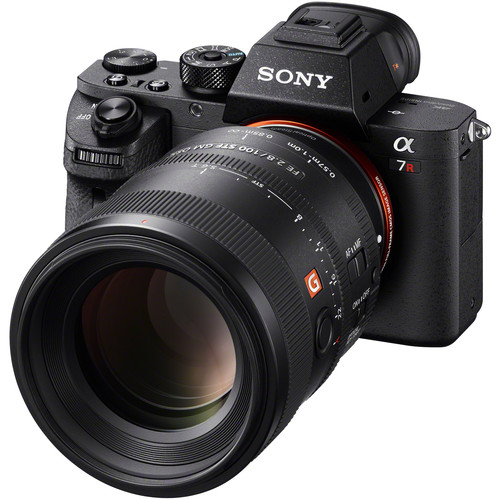
The Sony 100mm f/2.8 STF GM FE Lens – IN HAND FIRST LOOK!
I’m back! This time with a quick look (my 1st look) at the brand spanking new Sony 100mm f/2.8 GM “Smooth Trans Focus” lens, you know, the one with the “super bokeh”. Well, the lens arrived to me from Sony to evaluate and when I took it out of the box I was a bit confused. I did not do my full homework in this lens before it arrived and I assumed it was a normal 100mm f/2.8 lens. I was wrong! In fact, on the lens the fastest aperture we can set the lens to is T 5.6. Yep, T stops. So why on earth is Sony labeling this lens as an f/2.8 lens? That is what I had to find out.
What I do know is that Sony is marketing this pro line GM lens as one that will deliver Bokeh like nothing else out there for 35mm. Buttery smooth, no onion ring bokeh and no busy bokeh. But with the widest aperture being T5.6 how can this be? When I was taking test shots I knew from the get go that this is no lens for indoor use. I had to crank my ISO to 12,800 to snap a shot off in my home last night…BUT…this lens is not made for low light shooting in any way, shape or form.
In fact I believe this lens will be for portrait pros, wedding shooters and those who want the sharpest image with the most smoothest beautiful bokeh they can achieve. This is no every day street lens, nope. This is a specialized lens and what it is made to do, well, it seems to do it like nothing I have ever seen before.
In fact, check out these 1st few shots I took for fun. The detail is mind boggling and the bokeh, is indeed smooth as silk. You must click them to see full size crops embedded.
Click them for details, all wide open which shows 5.6 in the EXIF and that is where the lens was set…but why is this lens marketed as an f/2.8? Read on and find out…
So tell me about this lens Steve…
So according to Sony this lens, is as I said, made for wedding and portrait pros. While I am neither, I can appreciate a good pro lens built to a high standard and made to do a job and do it well. If I had a portrait studio or a wedding business this lens would be in my bag on day one of its release. Here are some details…
“Delivering both smooth bokeh and fine sharpness, the FE 100mm f/2.8 STF GM OSS Lens from Sony is a short-telephoto prime featuring a unique, yet sophisticated optical design. Separating itself from other portrait-length lenses, this 100mm f/2.8 features Smooth Trans Focus technology, which uses an apodization filter to realize notably smooth bokeh with rounded out-of-focus highlights in both the foreground and background.
Contributing to a high degree of sharpness and clarity, the lens also incorporates one aspherical element and one extra-low dispersion element to suppress both spherical and chromatic aberrations. Additionally, a Nano AR coating has also been applied to reduce lens flare and ghosting for greater contrast and color fidelity when working in strong lighting conditions.
Complementing the optics, this lens also sports a robust physical construction that is dust- and moisture-sealed for use in trying conditions. It is also an apt performer, and utilizes a Direct Drive SSM to afford quick, quiet, and smooth autofocus performance. A ring-switch permits selecting between two focusing ranges, including a dedicated close-up range for working with subjects as close as 1.9′ away with a 0.25x maximum magnification. Additionally, Optical SteadyShot image stabilization further contributes to producing sharp images when shooting handheld by minimizing the appearance of camera shake.
Short telephoto prime designed for full-frame Sony E-mount mirrorless cameras, however it can also be used on APS-C models where it will provide a 150mm equivalent focal length.
Optical design incorporates an apodization element that helps to improve the quality of bokeh. This element, which resembles a radially graduated ND filter that tapers from clear in the center to more dense around the edges, produces more circular out-of-focus highlights for more pleasing selective focus and shallow depth of field effects.
An aperture range of f/2.8 to f/20 is available, however the implementation of the apodization filter renders this range as T5.6 to T22.
One extra-low dispersion element reduces color fringing and chromatic aberrations while one aspherical element controls spherical aberrations for improved clarity and sharpness. Optical layout has also been designed to reduce peripheral highlight distortion due to vignetting in order to achieve rounder out-of-focus highlights in both the foreground and background. A rounded 11-blade diaphragm further contributes to a pleasing bokeh quality when employing shallow depth of field techniques.
A Nano AR Coating has been applied to reduce surface reflections, flare, and ghosting for increased contrast and color rendering in strong lighting conditions.
A Direct Drive SSM system and internal focus mechanism provides quick, quiet, and precise autofocus performance and also contributes to more natural, intuitive manual focus control.
Ring-switch allows you to choose between two focusing ranges: 2.8′ to infinity or a closer range of 1.9-3.3′, which also offers a 0.25x magnification at minimum focus for working with close-up details. Customizable focus hold button on lens barrel can be used to hold the focusing position, or can be set in-camera to control a variety of additional lens functions.
Optical SteadyShot image stabilization helps to minimize the appearance of camera shake for sharper imagery when shooting handheld with slower shutter speeds. This stabilization system can also be combined with select camera’s sensor-shift type image stabilization for more effective control of camera blur.
Manual aperture ring can be de-clicked for smooth, silent aperture switching to benefit video applications. A dust- and moisture-sealed design better permits working in inclement conditions and rubberized control rings benefit handling in colder temperatures.”
So after shooting this lens for only a day and a half I have found no way to access any kind of f/2.8 aperture. In fact, for light gathering it kind of shoots like a f/5.6 lens, and my guess is that since this lens has a apodization filter which generally acts as sort of a ND filter that it is indeed an f/2.8 lens but is behaving like an f/5.6 for light gathering (Due to the filter in the lens) yet giving us the DOF of an f/2.8. Correct me if I am wrong, as I have never tested a lens like this in my life. So it all makes sense when looking at it like this. The Apodization filter in this lens cuts the light gathering but delivers amazingly smooth bokeh.
I can say that so far just from my everyday shots that the Bokeh is indeed smooth as silk, and I have seen no issues with CA or flaws within the image, anywhere. It’s sharp as can be, reminding me of the sharpness of good APO lenses and the Bokeh is incredible. Just know that in low light the lens will be a non starter unless you crank that ISO up high, and the good news is that Sony cameras can do very high ISO very well. Even so, if you want light gathering this will not be the lens for you. If you want the best IQ and Bokeh and do not need low light abilities, this lens is looking like a monster for IQ.
A few more BOKEH and detail tests…click them to see the crop on the 1st one below..crazy detail!
I need to test this more in ways that benefit the lens strengths more, so will be using it over the next two weeks or so.
This is a Sony G Master lens, so it’s in the pro line and priced at $1498. IT IS SCHEDULED TO SHIP AT THE END OF MARCH!
You can pre order it at B&H Photo HERE.
More to come soon..

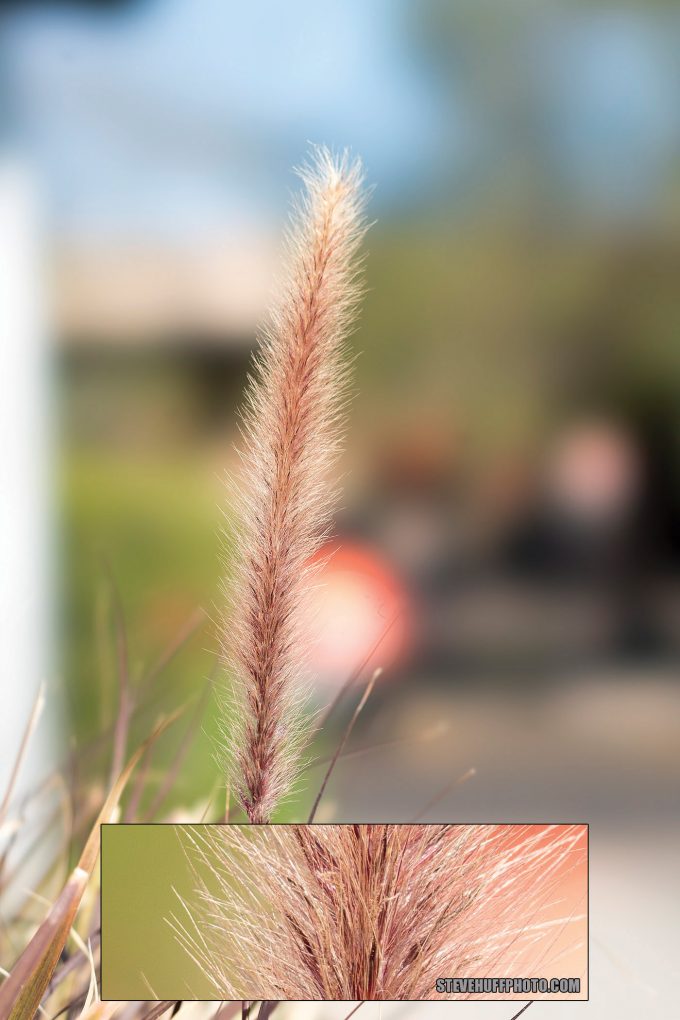



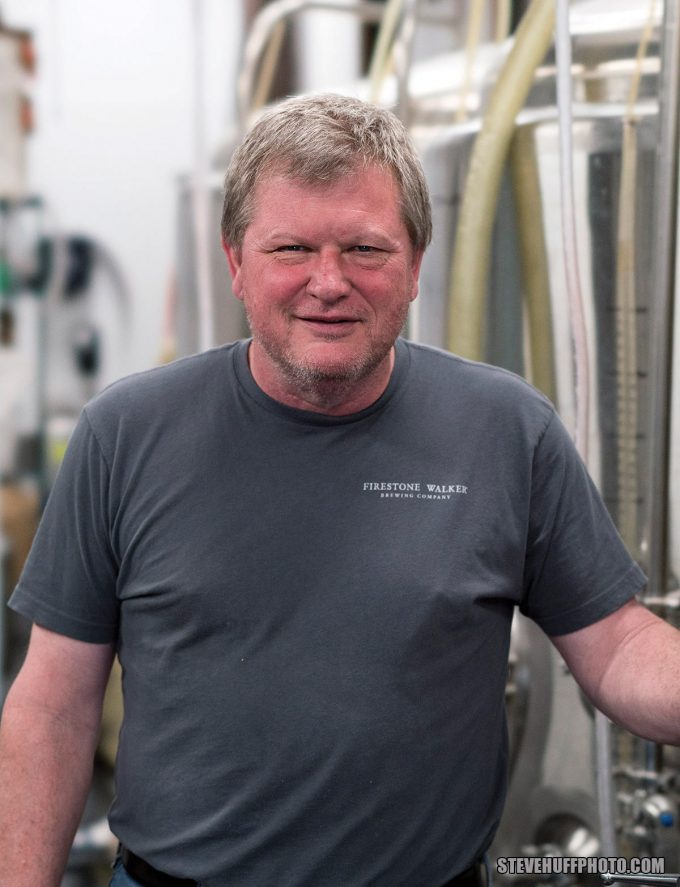




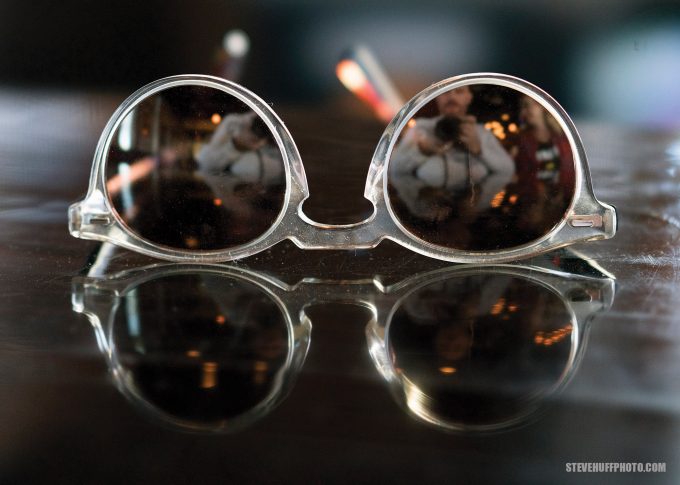

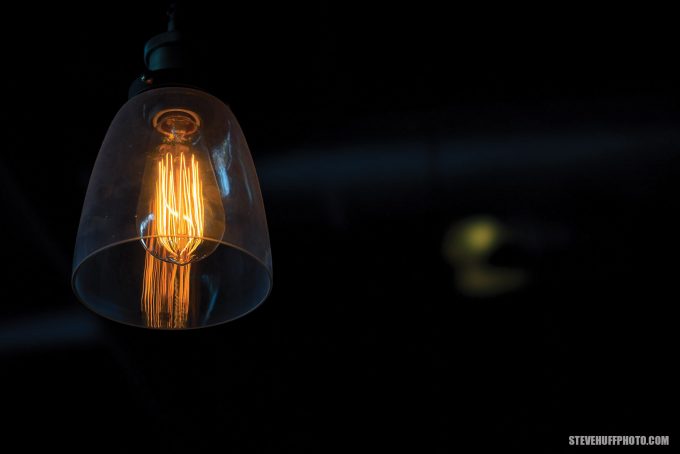


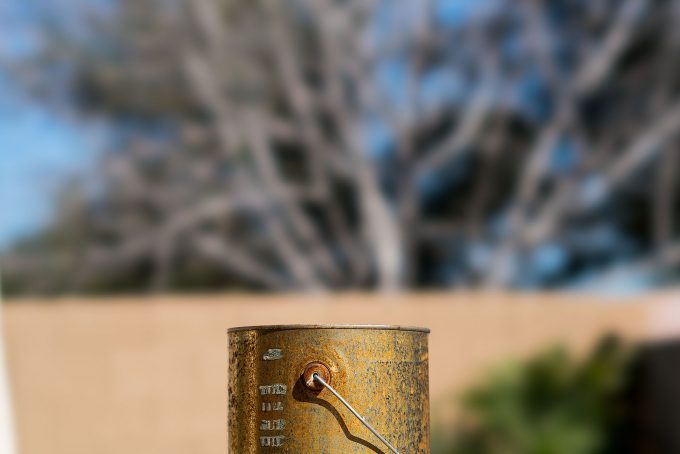
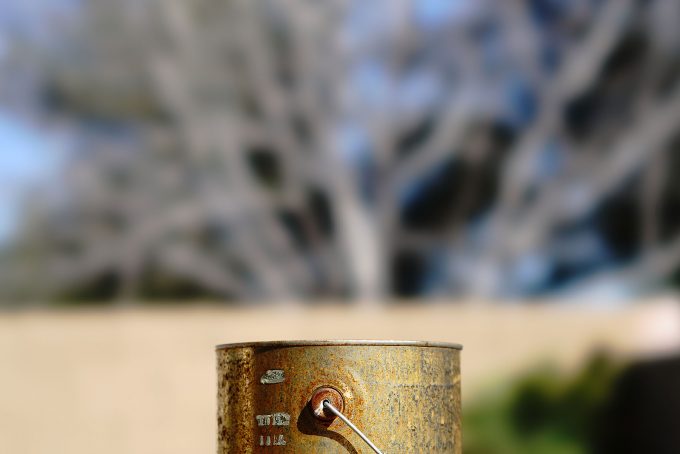
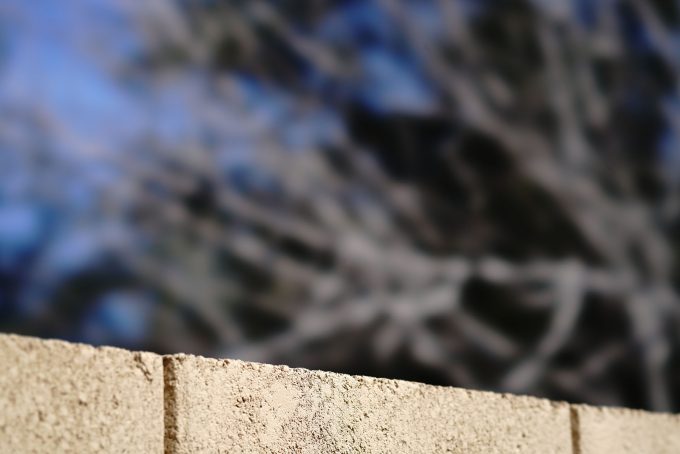


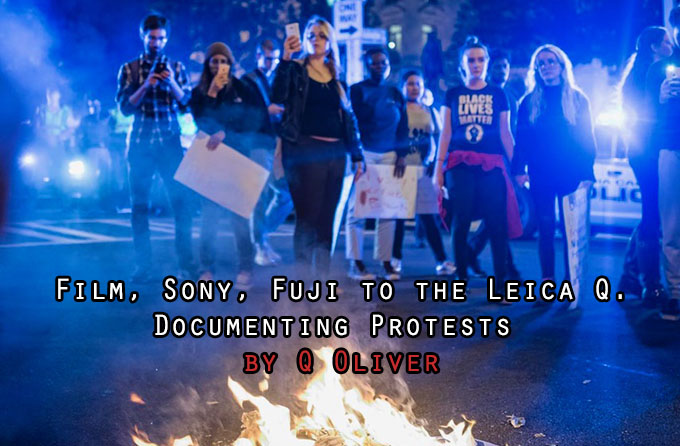
Steve, your response above further supports the first two commenters interpretation.
Every lens has both an F-stop and T-stop value. Lenses are marketed as F-Stop because it is both easier to work out what a lens’ f value is and because I suspect it is easier to market a lower f value, as the smaller number seems more desirable to someone who doesn’t know the difference.
The physical diameter of the lens versus the largest physical diameter of the aperture = f-stop.
The total light transmittance = t-stop.
The Sony 100mm has an f/2.8 aperture, with t/5.6 light transmittance as you have found out, but something else that I’m unsure you are aware of is that every other lens has a varying f and t stop value. For example the (excellent) Fujifilm XF 56mm f/1.2 non apodised lens has an f value of 1.2 but the t value will be higher, and even different between each different XF 56mm lens due to minor differences during the manufacturing process.
Thanks for your reviews!
Quite beautiful results. This lens will be great for artists who want the unique benefits this lens can give. Similar to the Petzval in that it will be valuable for certain effects. Maybe not a lens for purchase but definitely one for hiring when you need it’s special qualities. I have finally realised something staring me in the face, that mirrorless cameras are the future. I have been a long time Canon DSLR user, but the chance to get a Sony A7 (original) for less than £600 new, made me take the plunge. I also bought a Viltrox EF to FE adapter which enabled me to use all those Canon lenses.. This has to be one of the most satisfying cameras to use that I have ever had. I am a convert to full frame mirrorless digital. Some of the results I have had from the A7 with Viltrox adapter and my Canon lenses has been extraordinary. The best results ever.. I have even had great results using a fotodiox adapter with my old Canon FD glass. I am having a lot of fun with the A7.
Beautiful puppies.
More b&w please.
Pretty incredible.
Thanks
Well, it’s gorgeous. Fantastic…if you have light to work with. NO light? Then forget it. This will never be a low light lens like the GM 85. BUT it will deliver amazing pop, 3D effect and smooth bokeh if you have light. Remember, this is a T 5.6 so that is the aperture of this lens for light gathering. The good thing is the lens has IS built in, so using it may pair together with the 5 Axis in the camera (or it my not, not sure yet) but it does need light unless you want to crank the ISO. For the right purposes (studio, portraits, wedding) it could be a game changer.
I was one of those who did not think it was worth the price difference. IN fact, I was not a huge fan of the Fuji APD version but I was with the original.
Fuji has the 56mm f/1.2 R APD whitch has a T-stop of t/1.7.
Difference with the non-APD version is there with smoother bokeh, but most people think it’s not worth the difference in price.
Steve, great “first look” review….I trust your gut instincts…how would you compare this lens to the GM 85mm (which I own and love) as a portrait lens??
Hello Dirk.
As a matter of fact, I use the Canon FD 85 f/1.2 as well, and am a huge fan of it. And I use it on the A7R2 – not quite 50MP but still 43. 🙂
What kind of ND filter do you use? I find mine to compromise IQ too much.
BTW, I find the focusing with the EVF of the A7R2 to be pretty much OK, with the help of focus peeking. I don’t know if you ever tried it, but if you didn’t and you’d like to, you could give mine a try (I live in Olen, not far from Antwerp).
About the MPs, I think the advantage of the A7R2 is its cropping power, which I often find very convenient in street photography, when there is no time to approach further. Yet the ISO is pretty good. Still, if you consider a purchase in the near future and you are thinking about a Sony from the A7 Series, I’d wait for the next generation, which is about to arrive.
When I do a review for this lens I will do that. My confusion though was not with T vs F, I have reviewed T stop lenses many times here. It was with the filter which cuts the light and the fact that the lens is sold as an f/2.8 yet the largest aperture available on the lens is 5.6 T. But I realized what it was. Has f/2.8 for DOF but 5.6 T for light gathering.
I believe Sony makes them from all I have been told. They have a huge factory where they make all of their cameras, lenses, etc.
Hi,
Do you know which company actually manufactures this lens for Sony (I don’t believe Sony makes them themselves)?
Gordon
Steve, when I read your review, I also (falsly) interpreted you did not know the difference between T and F-stop value.
The sentence andrew wrote is bang on and should be implemented in your review for clarity:
An f/stop indicates the physical size (diameter) of the lens diaphragm. A T-stop is purely a measurement of total light a lens transmits, and has no relation to any physical quality of the lens.
They really do – i guess we are all looking for the whole grail, mine is somewhere between Summicron apo 50 mm, Canon EF 50 mm 1.2, and then the Leica 50 mm 1.4 summilux – Rendering wise.
Hehe 🙂 thank you!, im excited to see how it does on sony a7s2, i really hope it is much softer :)! –
then i think this might will be the holy grail for a portrait lens.
though i use 50 mm focal lenght for nearly every situation it can cover so much:).
Thank you, just added three more test shots that look really good. I will try to get an A7SII to test it on, as this lens is pretty stunning in every way besides light gathering.
I am familiar with T stops but thanks for the confirmation. Makes sense.
Hello Steve,
I just wanted to quickly chime in to confirm that your assumption is correct. The actual maximum f/stop for this lens is f/2.8, but a side effect of the apodization filter is a reduction in the total light transmitted. So in the case of this lens, even wide open at f/2.8, the total light transmission (T-stops) is equivalent to T5.6.
In terms that most will understand, wide open this lens has the depth of field qualities of a 100mm f/2.8 lens, but a light gathering ability of a 100mm f/5.6 lens.
It’s important to understand the difference between f/stops and T-stops. An f/stop indicates the physical size (diameter) of the lens diaphragm. A T-stop is purely a measurement of total light a lens transmits, and has no relation to any physical quality of the lens.
Hello Steve Huff
I just wanted to say that i enjoy following your reviews, and they way you go out in the real world and test the lenses, instead of just writing about technical stuff and curves a real photographer shouldent care that much about. 🙂
Im wondering if you can test how this lens behaves on a low light monster like sony a7s or sony a7s2 in it´s rendering.
My initials thoughts would be that it would be more soft for portraits on the sony a7s, than it is on sony a7r2 but i would be nice to see the difference. ?
Hi!
I’m crazy about the Canon FD 85mm f/1.2 which I shoot wide open for street shots and with extension tubes for flowers etc. I use a three or four stop ND filter to keep shutter times manageable.
I use it both on film and on my Olympus PEN F digital camera.
The bokeh of this lens is extremely nice.
It’s a manual focus lens, however, and I have to focus with great care. in street photography, that means I lose lots of shots because I can’t really be spontaneous. What I do there is to prefocus and then, looking through the viewfinder, I wait for the perfect moment.
I long for such a lens on my PEN with autofocus, and the Zuiko 75mm f/2 I think was real nice for it.
This Sony lens, however, may be a game changer. No more need for grey filters, and when I look at Steve’s shots, I think it’s a good as the Canon 85mm f/1.2.
It means I’d have to buy a Sony body, which would end a few year’s worth of doubt: Stay with Olympus, or switch to Sony?
So far I haven’t made any lens investment, so I can easily switch.
I’d go for the Sony A7S. I don’t really care about 50 megapixels.
Bye,
Dirk.